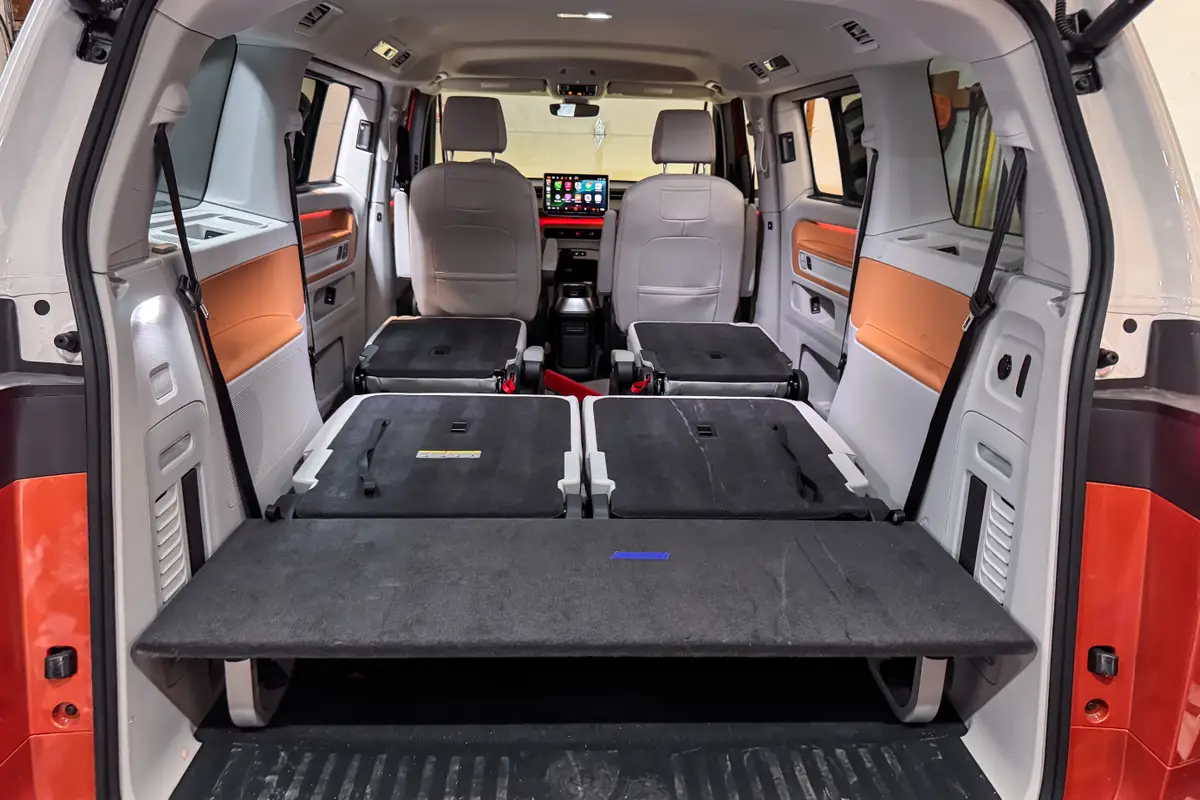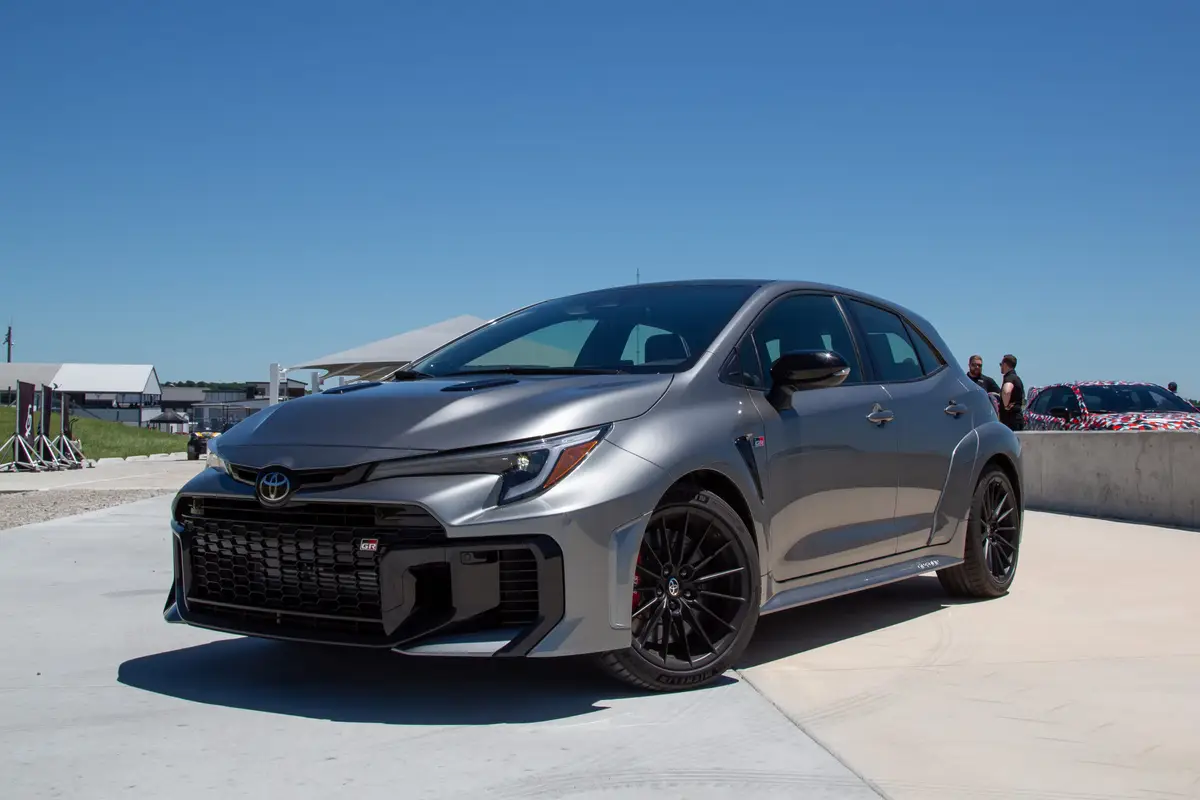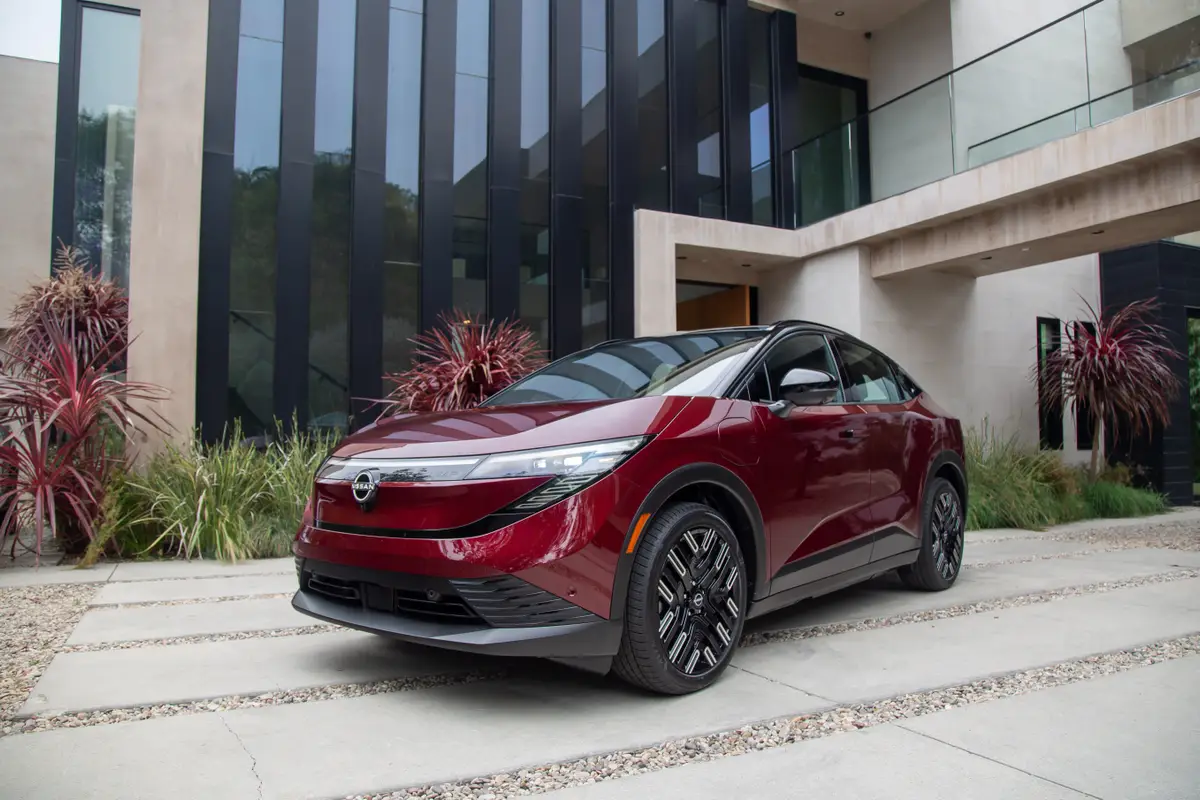2017 Honda Accord Vs. Kia Optima Plug-in: Mid-size Hybrid Matchup

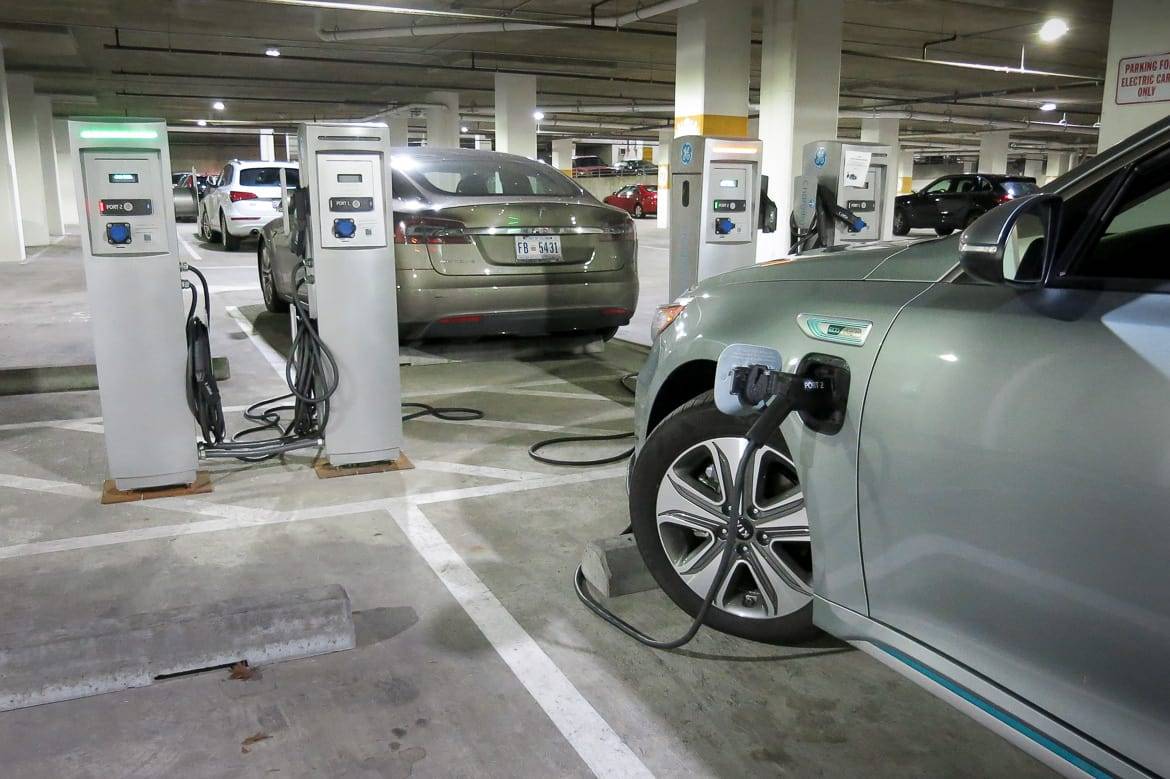
CARS.COM — Mid-size hybrid sedans offer an alternative for families who want a greener vehicle but need a mid-size car’s comfort and space. They may be overshadowed these days by SUVs, more of which also are offering a hybrid option, but the sedans still offer more value and efficiency.
Related: 2017 Hyundai Ioniq Hybrid Vs. 2017 Toyota Prius: What You Get
Two of the best examples are the 2017 Honda Accord Hybrid Touring, which has the highest EPA gas mileage ratings for the class, and the 2017 Kia Optima Plug-in Hybrid EX with Technology Package, which has lower gasoline mileage ratings but also can do short drives on electricity alone. These top-trim hybrids both offer similar near-premium features and a smaller carbon footprint, but they have distinct differences that could make one or the other a better choice for your needs.
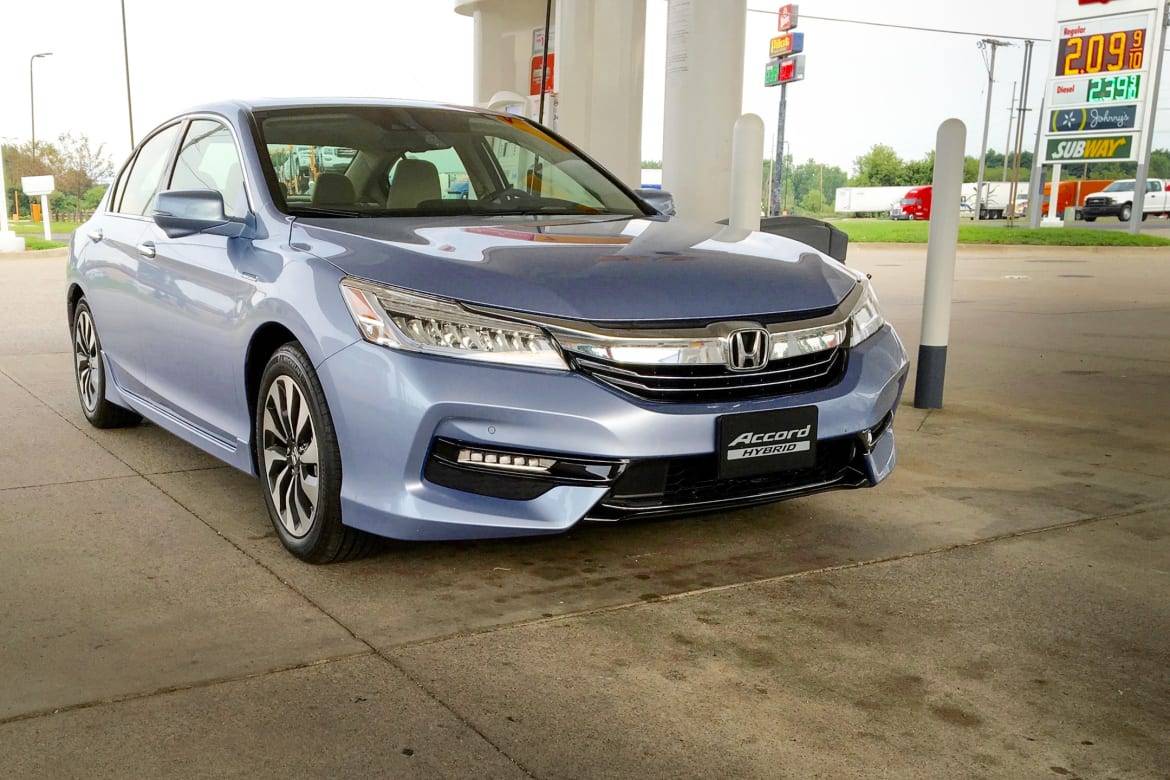
To choose either, we have to assume that you put an intangible value on using less fuel. At today’s gas prices, it’s tough to make a mainstream dollar case for the hybrids’ price premiums versus the cheaper and still fuel-efficient non-hybrid versions of these sedans. How do the two match up for green value?
Fuel Efficiency
The obvious difference is that the Kia has a plug, along with a much bigger battery. Charge it up and you can go a rated 29 miles on electricity alone (we got 30 miles in our real-world test), though if you push, you’ll hear the engine kick in. But once that charge is used up, you’re moving around the extra weight of that 9.8-kilowatt-hour battery with fuel economy rated at 38/43/40 mpg city/highway/combined.
The Accord gas-electric hybrid powertrain has a much smaller 1.3-kilowatt-hour battery and a much higher gasoline rating of 49/47/48 mpg. In real-world driving, I could not match either of these cars’ eye-popping ratings, but the Accord still was about 15 percent more efficient in city driving on gasoline. And in high-speed highway use, the Accord was close to the highway rating at about 44 and 45 mpg on two drives of several hundred miles.
As to which is the greener choice, it’s complicated. If you have a modest low-speed commute and are consistent about charging (a bit under three hours to charge up on 240 volts, nine hours on a household plug), your combined mileage could be much higher with the Optima and your carbon footprint lower. But if you roll up more highway miles, the scales could tilt to the Accord.






































The EPA scores it a draw for fuel cost for an average user. It estimates that the average driver (15,000 miles per year, 45 percent highway use and 55 percent city driving) would have the same combined fuel cost of $750 with each sedan at today’s prices for gasoline and electricity. And while the Accord has more tailpipe emissions than the Optima, they both earn top EPA energy impact scores and rank much better than the performance versions of either sedan. Compare costs here and energy impact here.
Value
The test cars were fully optioned: a top Accord Hybrid Touring trim and an Optima EX Plug-in Hybrid with the $5,250 Technology Package that adds comparable advanced safety technology as well as luxuries from a power passenger seat to a panoramic moonroof. The stickers were $36,790 for the Accord versus $41,355 for the Optima, both including destination.
































That makes the Accord look like the value leader … until you figure in the federal plug-in tax credit for the Optima. The Optima plug-in’s bigger 9.8-kilowatt-hour battery capacity means it qualifies for a federal plug-in tax credit of $4,919 based on its battery size, reducing the price to buy to $36,436, a virtual draw with the Accord.
Conclusion
They’re both good mid-size sedans with comparable prices and their own virtues as cars, such as the Optima’s multimedia media system and six-speed automatic and the Accord’s nicer interior materials and larger trunk. And neither offers the driving dynamics of the performance-oriented, non-hybrid models in their lineups.
How they match up as green cars, however, is more personal than obvious. Neither is a full electric, but both are more practical at this point for more buyers’ situations and budgets. And to choose between them, you’d have to realistically evaluate your own driving patterns, which might favor the higher gasoline mileage of the Accord or might favor the Kia’s mix of electric miles — assuming you have the ability and commitment to take maximum advantage of the Optima’s plug-in capability. As Kermit would say, “It’s not easy being green.”

Former D.C. Bureau Chief Fred Meier, who lives every day with Washington gridlock, has an un-American love of small wagons and hatchbacks.
Featured stories
